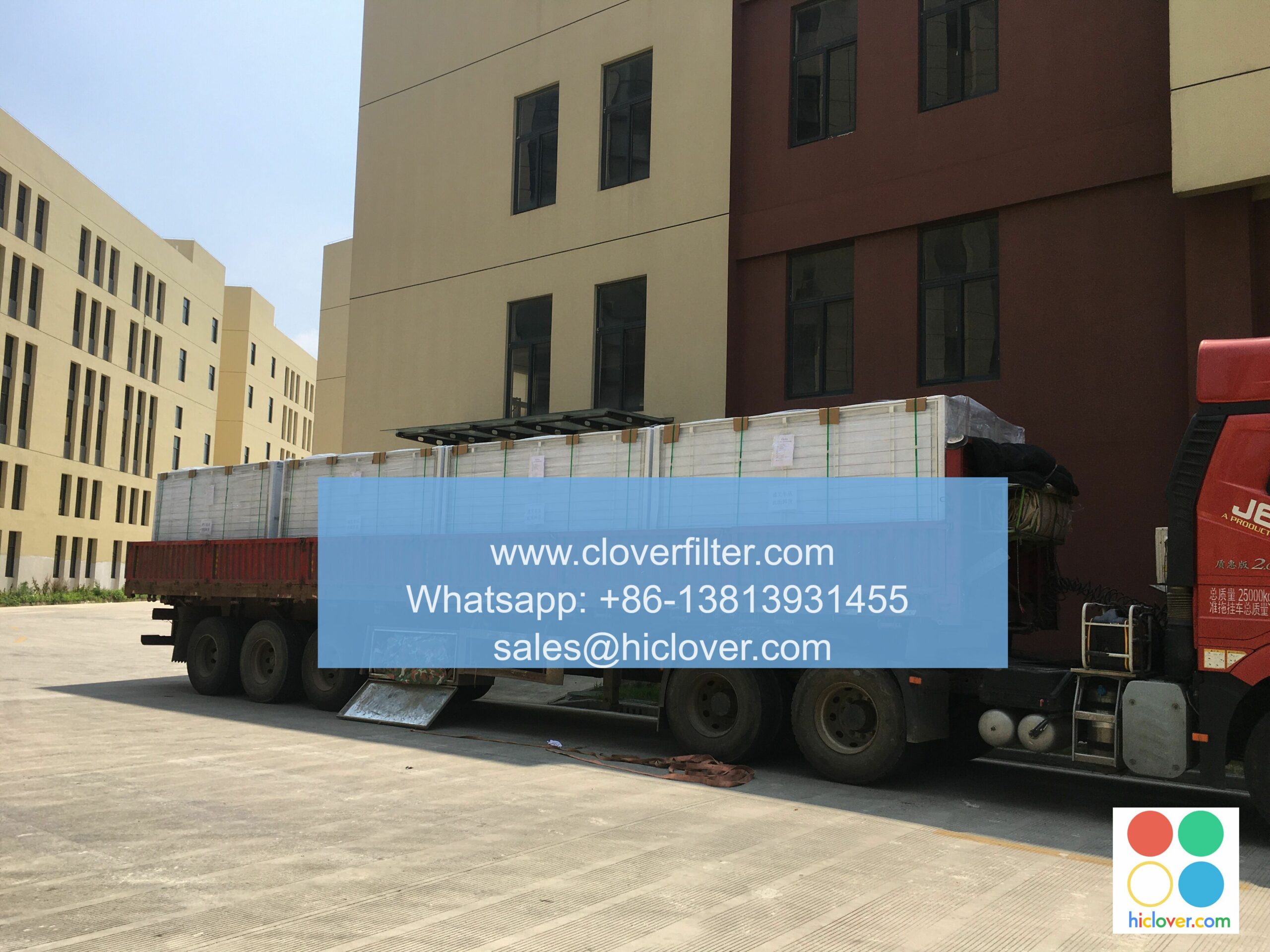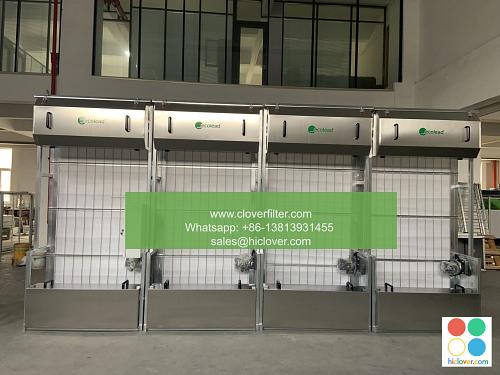Air Filter Groups: The Secret to a Healthy Home

As we go about our daily lives, it’s easy to overlook one of the most crucial aspects of our indoor environment: the air we breathe. Indoor air pollution can have severe consequences on our health, exacerbating respiratory issues, aggravating allergies, and even contributing to long-term diseases. This is where air filter groups come into play, serving as the unsung heroes of our homes. In this article, we’ll delve into the world of air filter groups, exploring their health benefits, application areas, and key features that make them an indispensable component of any indoor air quality (IAQ) system.
What are Air Filter Groups?
Air filter groups refer to a collection of filters designed to work in tandem to remove airborne pollutants, contaminants, and allergens from the air. These groups typically consist of a combination of pre-filters, HEPA filters, and activated carbon filters, each with its unique filtration capabilities and application areas. By working together, these filters create a robust air purification system that captures a wide range of pollutants, from particulate matter (PM) and volatile organic compounds (VOCs) to bacteria and viruses.
Health Benefits of Air Filter Groups
The benefits of air filter groups are numerous and well-documented. By removing airborne pollutants, these filters can help alleviate respiratory issues such as asthma and chronic obstructive pulmonary disease (COPD). They can also reduce the symptoms of allergies, minimizing the inflammatory response and promoting a healthier immune system. Furthermore, air filter groups can help prevent the spread of airborne diseases, creating a safer and more hygienic environment for occupants.
Application Areas of Air Filter Groups
Air filter groups have a wide range of application areas, from residential homes and commercial buildings to industrial facilities and healthcare settings. They can be used in heating, ventilation, and air conditioning (HVAC) systems, air purifiers, and portable filtration units. In hospitals and clinics, air filter groups play a critical role in maintaining a sterile environment and preventing the spread of infections. In industrial settings, they help remove hazardous chemicals and particulate matter from the air, promoting a safer and healthier work environment.
Key Features of Air Filter Groups
When selecting an air filter group, there are several key features to consider. These include the filter efficiency, airflow rate, and maintenance requirements. Look for filters with a high Minimum Efficiency Reporting Value (MERV) rating, which indicates their ability to capture small particles. Also, consider the filter life and replacement costs, as these can impact the overall cost-effectiveness of the system.
In conclusion, air filter groups are a vital component of any indoor air quality system, providing a comprehensive solution to airborne pollution. By understanding their health benefits, application areas, and key features, you can make informed decisions about your air filtration needs and create a healthier, safer, and more comfortable living environment. So why wait? Invest in an air filter group today and breathe easy knowing you’re protected from the hidden dangers of indoor air pollution. You haven’t provided a question or topic for me to assist you with. Please provide more details or clarify what you would like to discuss, and I’ll do my best to provide a helpful and informative response.

